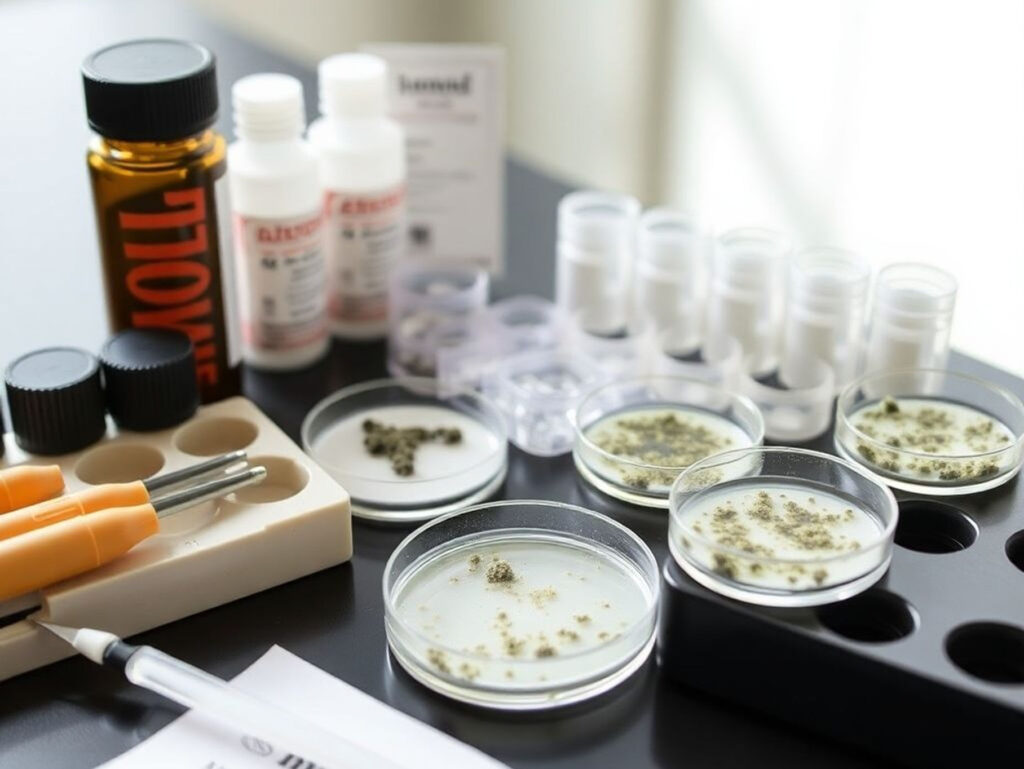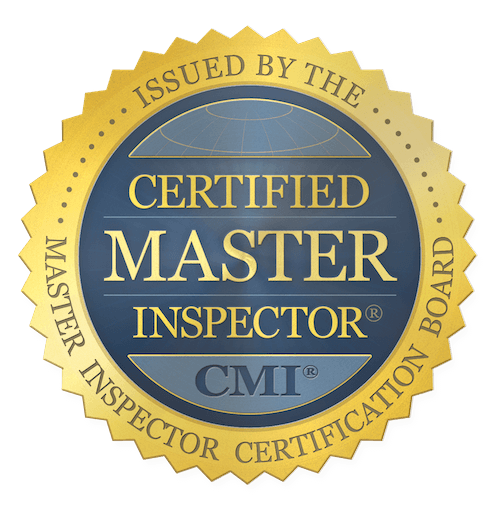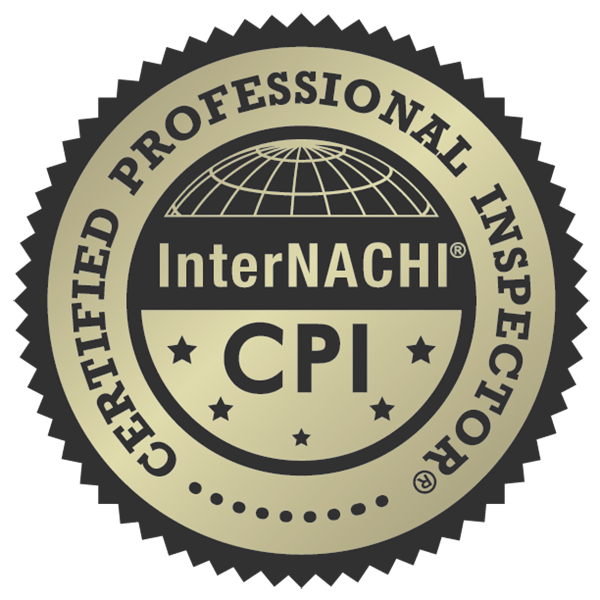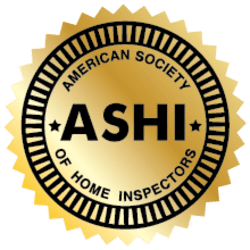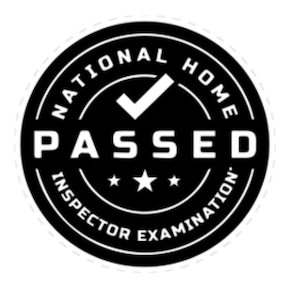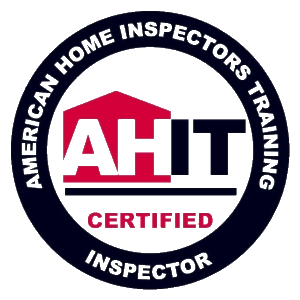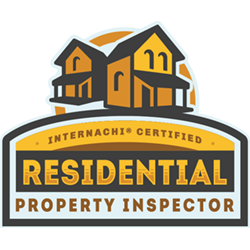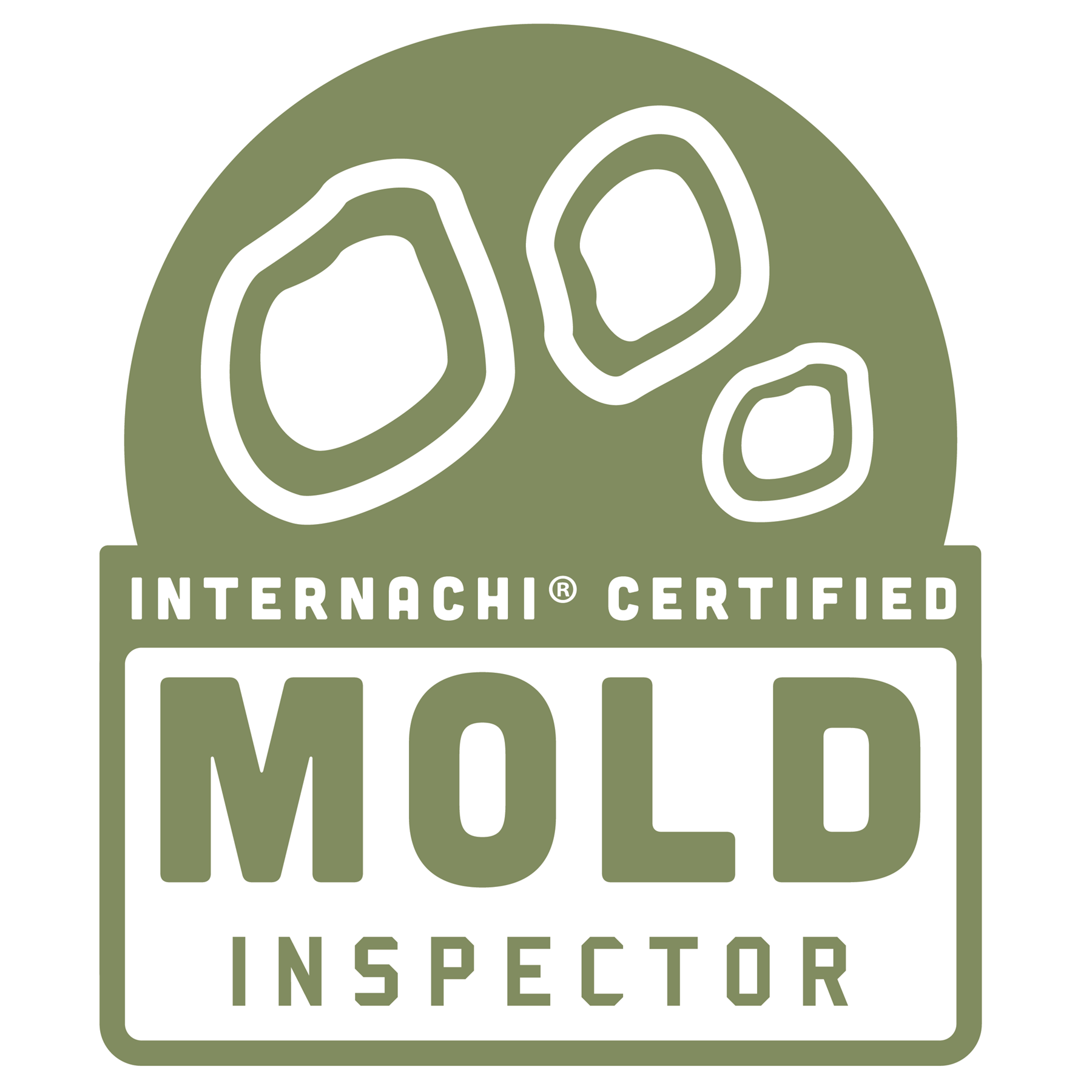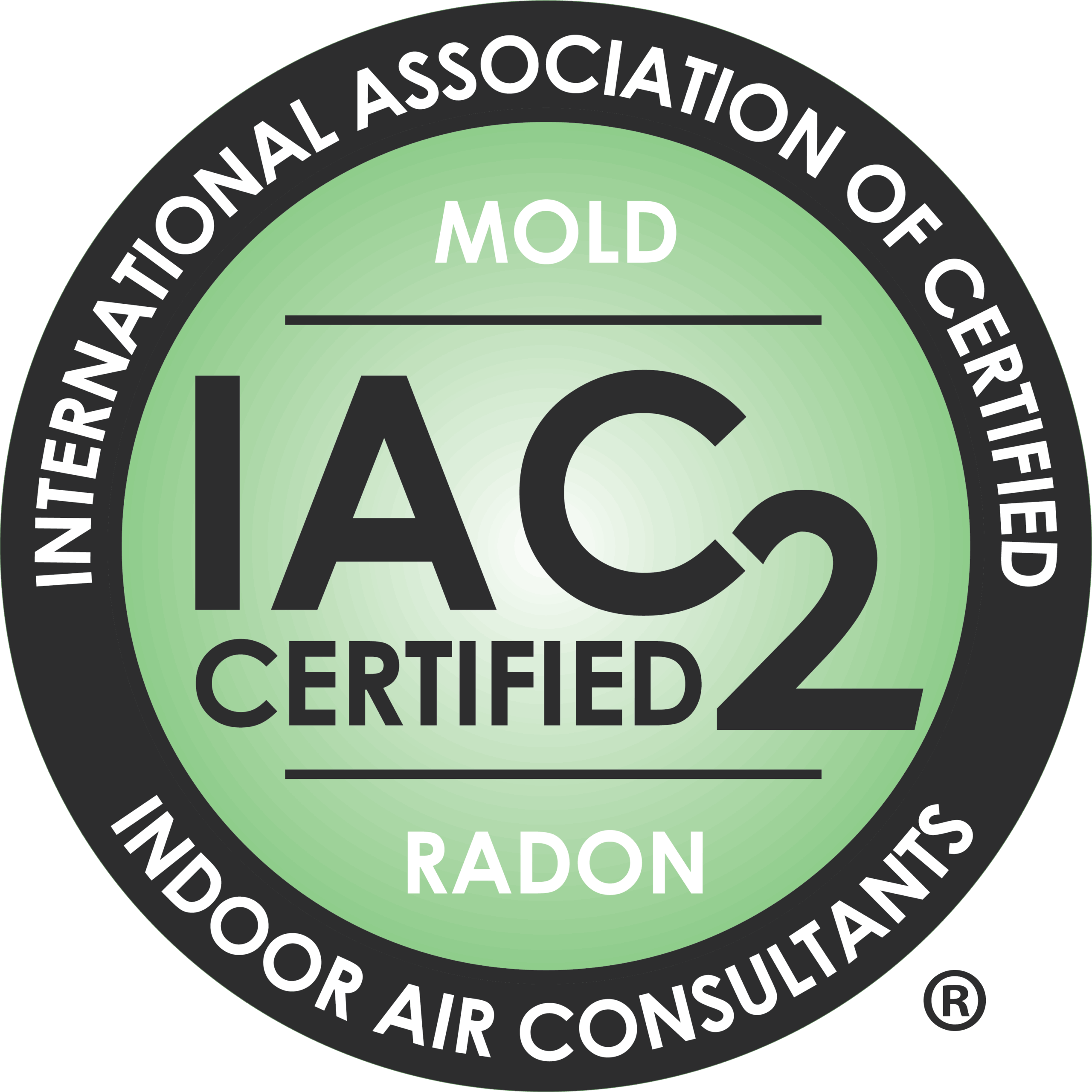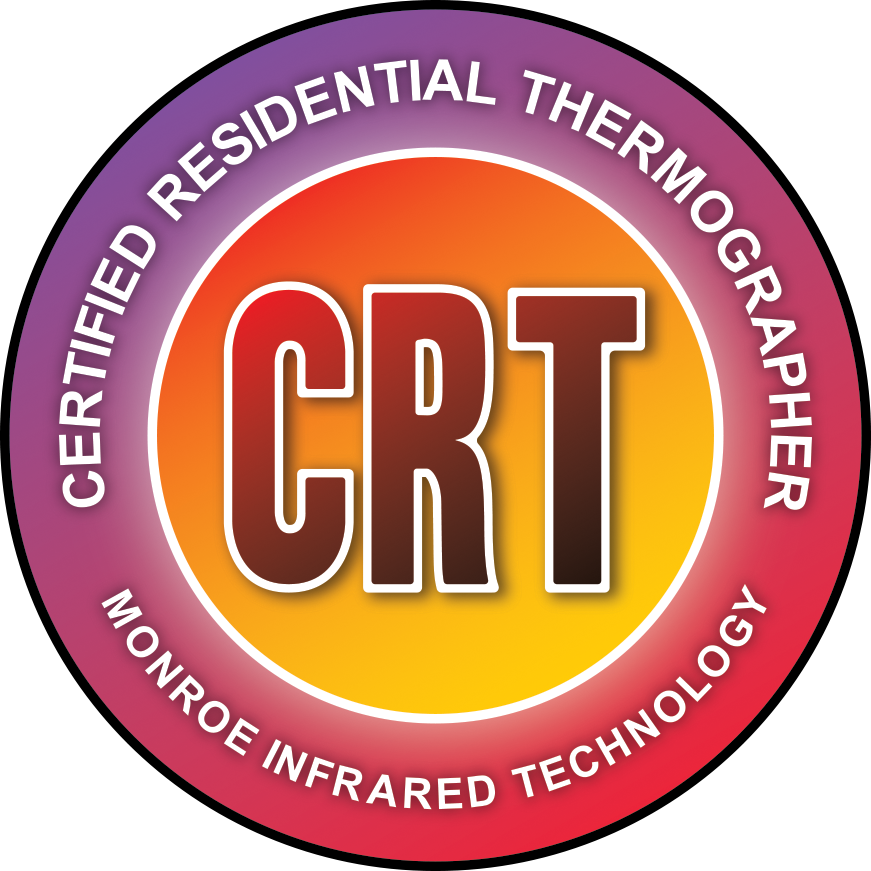Key Takeaways
-
Mold testing identifies hidden mold growth and assesses air quality.
-
Professional testing is often more reliable than DIY methods.
-
Understanding the limitations of mold testing can help set realistic expectations.
-
Different testing methods exist, including air and surface sampling.
-
Choosing a certified professional is crucial for effective mold management.
Understanding Mold Testing Procedures
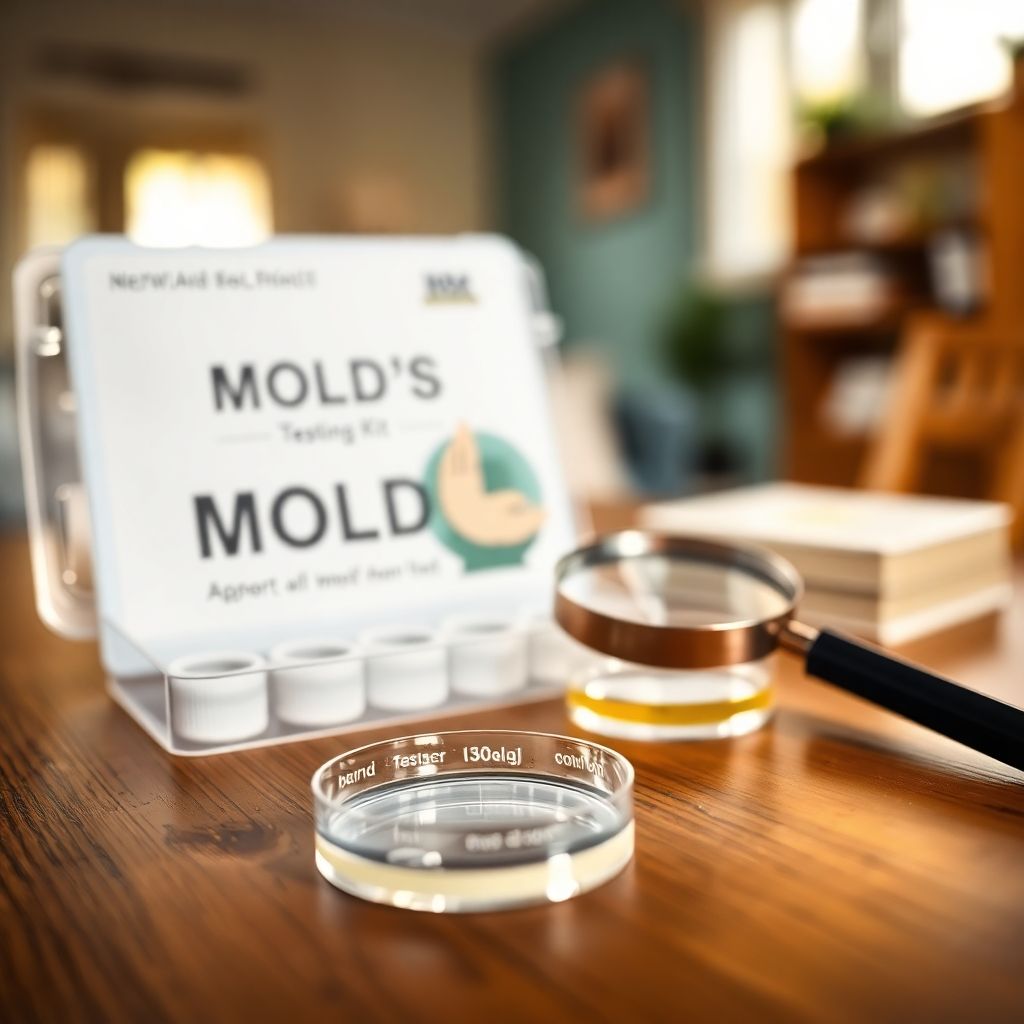
Overview of Mold Testing
Mold testing is all about figuring out if you have a mold problem, and if so, how bad it is. It’s not always straightforward, and there are a few different ways to go about it. The main goal is to determine if there’s unusual mold growth in your home or building.
-
Visual inspection is the first step.
-
Air and surface samples are collected.
-
Labs analyze the samples to identify mold types and spore counts.
Mold testing is not always needed. If you can see mold and know where the moisture is coming from, you might be able to skip testing and go straight to fixing the problem.
Importance of Professional Testing
While DIY kits are available, professional mold testing offers a more thorough and reliable assessment. Professionals have the training and equipment to accurately identify mold and assess the extent of the contamination. They can also help you understand the results and develop a plan for remediation.
Here’s why you might want to call in the pros:
-
They use calibrated equipment for accurate readings.
-
They know where to look for hidden mold.
-
They can interpret complex lab results.
DIY Mold Testing Methods
If you’re thinking about doing it yourself, there are a few options. DIY mold test kits are available at most hardware stores. These kits usually involve collecting a sample and sending it to a lab for analysis. However, keep in mind that DIY tests have limitations.
Things to consider before going the DIY route:
-
DIY kits might not be as accurate as professional testing.
-
You might miss hidden mold growth.
-
Interpreting the results can be tricky.
|
Method
|
Pros
|
Cons
|
|---|---|---|
|
Tape Lift
|
Easy to use on surfaces
|
Can be unreliable if not done correctly
|
|
Air Sampling
|
Can detect airborne mold spores
|
Results can vary based on environmental factors
|
|
Swab Sampling
|
Good for small, localized areas
|
May not represent the overall mold situation
|
Common Reasons for Mold Testing
Identifying Mold Growth
Sometimes, it’s pretty obvious you might have mold. Maybe you see it – those telltale spots on the wall or ceiling. Or maybe you smell it – that musty, earthy odor that just won’t go away. Mold testing can confirm if what you’re seeing or smelling is actually mold, especially in hidden areas like behind walls or under floors. It’s not always about finding mold, because let’s face it, mold is everywhere. It’s about figuring out if there’s an unusual amount of it growing where it shouldn’t be.
Assessing Indoor Air Quality
Even if you don’t see visible mold, you might suspect something’s up with your indoor air quality. Are you experiencing unexplained allergy symptoms, respiratory issues, or persistent headaches? Mold spores floating around in the air could be the culprit. Air sampling, a type of mold testing, can help determine the concentration of mold spores in your indoor environment. It’s like taking a snapshot of what’s floating around in the air you breathe. Keep in mind, though, that testing can’t tell you if the environment is “safe” because we don’t know what level of mold is safe.
Determining Health Risks
While mold testing can’t definitively tell you if a specific mold is “toxic” or how much mold is needed to cause health problems, it can provide valuable information about the types of mold present in your home. Some molds are more allergenic than others, and knowing what you’re dealing with can help you make informed decisions about remediation and protecting your health. It’s important to remember that any indoor mold growth is a problem that should be addressed, regardless of the specific mold type.
It’s a common mistake to think that just because a mold test comes back negative, there’s no problem. Most mold tests can’t prove the absence of mold, so don’t dismiss your concerns based solely on test results. If you suspect a mold issue, it’s always best to investigate further and address any underlying moisture problems.
Limitations of Mold Testing
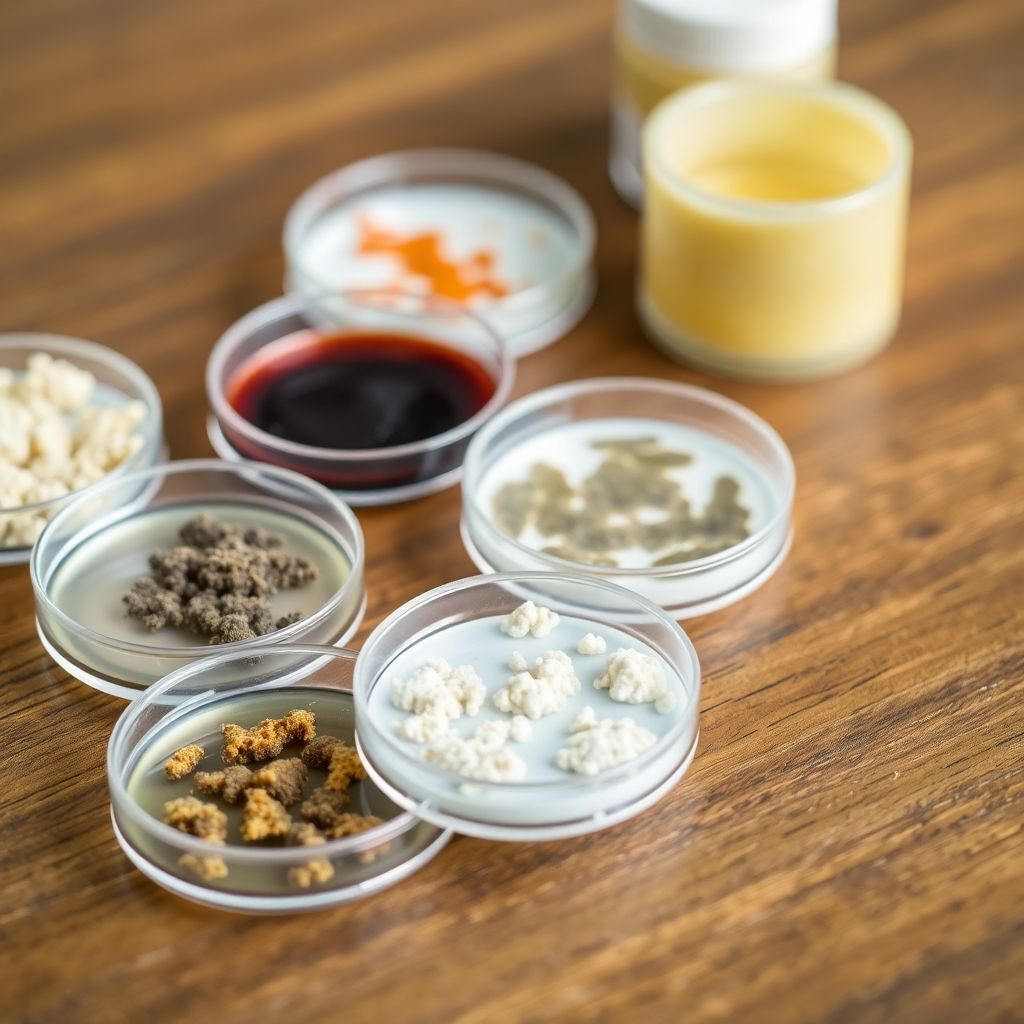
Mold testing can seem like a straightforward solution, but it’s important to understand what it can’t do. People often think testing will give them all the answers, but that’s not always the case. It’s easy to have unrealistic expectations, and sometimes, you might even be taken advantage of by companies offering unnecessary tests.
What Testing Cannot Achieve
Mold tests can’t tell you everything. For example, they can’t definitively prove the absence of mold. A negative test result doesn’t automatically mean your home is mold-free. It just means that at the time of the test, in the specific location sampled, mold wasn’t detected above a certain level. Also, tests can’t measure all the mold in an environment or how much is necessary to cause health problems. It’s like trying to understand the ocean by only looking at a cup of water.
-
Testing provides a snapshot in time.
-
It may not detect hidden mold growth.
-
It can’t determine the source of moisture.
Misconceptions About Mold Testing
One big misconception is that testing can tell you if your environment is “safe.” There’s no established “safe” level of mold. Everyone reacts differently, and what bothers one person might not affect another. Another common mistake is thinking that testing is always necessary. If you can see or smell mold, you probably don’t need a test to tell you it’s there. You need to address the moisture problem and remove the mold.
It’s a serious error to think a mold problem doesn’t exist just because tests didn’t find it. Testing shouldn’t be used to dismiss concerns or avoid investigating potential issues.
Understanding Test Results
Even when done correctly, mold tests only give a partial estimate of the amount and types of mold. Interpreting the results can be tricky. You’ll get numbers and names of different mold types, but understanding what they mean for your specific situation requires expertise. It’s not as simple as comparing the numbers to a chart. Factors like the type of mold, the location, and your personal health sensitivities all play a role. Plus, the results are only relevant to the specific area tested, and conditions can change quickly.
|
Test Type
|
What It Measures
|
Limitations
|
|---|---|---|
|
Air Sample
|
Mold spores in the air
|
Can vary based on weather, time of day; may not reflect hidden mold
|
|
Surface Sample
|
Mold on a specific surface
|
Only shows mold at that location; doesn’t indicate air quality
|
|
Bulk Sample
|
Mold within a material (e.g., drywall)
|
Destructive; only tests that specific piece of material
|
Types of Mold Testing Available
Air Sampling Techniques
Air sampling is a common method used to determine the concentration of mold spores in the air. This involves collecting air samples from both inside and outside the building to compare the levels of mold spores present. The goal is to identify if there are elevated levels of mold spores indoors that are not naturally present in the outdoor environment.
-
Spore traps are often used to capture airborne particles, including mold spores.
-
The samples are then sent to a laboratory for analysis.
-
Results can help determine the severity of the mold problem and guide remediation efforts.
Surface Sampling Methods
Surface sampling involves collecting samples directly from surfaces where mold growth is suspected. This is useful when visible mold is present, but you want to identify the specific type of mold.
-
Tape lifts are a simple method where clear tape is pressed onto the surface and then sent to a lab.
-
Swab samples involve wiping a sterile swab across the surface.
-
These methods are good for identifying the types of mold present on a surface.
Bulk Sampling Approaches
Bulk sampling involves taking a physical piece of the affected material, such as drywall or carpet, and sending it to a lab for analysis. This method is typically used when mold is deeply embedded within a material and surface sampling may not be sufficient. It’s a more destructive method, but it can provide a more accurate assessment of the mold contamination.
-
A small piece of the material is cut out and placed in a sterile container.
-
The lab analyzes the sample to identify the types and concentration of mold present.
-
This method is useful for determining the extent of mold damage within building materials.
Mold testing provides a snapshot in time. The results are only representative of the conditions at the time the sample was taken. It’s important to address the underlying moisture issues to prevent future mold growth, regardless of the test results.
Choosing a Mold Testing Professional
Finding the right person to test for mold is important. You want someone who knows what they’re doing. It’s more than just grabbing a kit from the store; it’s about getting reliable results and understanding what they mean.
Qualifications to Look For
When you’re searching for a mold testing professional, there are a few things to keep in mind. First, check for certifications. Certifications show they’ve had training and know the proper ways to test for mold. Also, see if they belong to any professional organizations. This can be a sign they’re serious about their work. Don’t be afraid to ask about their experience. How long have they been doing this? What kind of projects have they worked on?
Here’s a quick list of things to look for:
-
Certifications (e.g., from the IICRC or similar organizations)
-
Membership in professional groups
-
Years of experience in mold testing
-
Positive reviews or references from past clients
Questions to Ask
Before you hire someone, have a list of questions ready. This helps you figure out if they’re the right fit. Ask them about their testing process. What methods do they use? How do they collect samples? Also, ask about how they interpret the results. Can they explain what the numbers mean in a way you understand? And what about their report? Will it be detailed and easy to read?
Here are some example questions:
-
What testing methods do you use, and why?
-
How do you interpret the lab results?
-
Can I see a sample report?
-
Are you insured?
Understanding Costs and Services
Of course, cost is a factor. Get quotes from a few different companies. But don’t just go for the cheapest option. Think about what’s included in the price. Does it cover everything, or are there extra fees? Also, make sure you understand what services they offer. Do they just test, or do they also help with remediation? Knowing this upfront can save you headaches later.
It’s important to remember that mold testing is just one part of the process. The goal is to find the source of the moisture and fix it. A good professional will help you understand the problem and how to solve it, not just give you a report with numbers.
Mold Testing in Oak Park, IL
Local Regulations and Standards
When it comes to mold, Oak Park, IL, has its own set of rules. It’s not just about finding mold; it’s about dealing with it the right way, according to local guidelines. These regulations often cover how mold assessments and remediation should be conducted, so it’s important to be aware of them. You don’t want to end up with a mold problem and a code violation at the same time. Understanding these standards helps ensure any mold testing and removal work is up to par and keeps everyone safe.
Finding Certified Professionals
Finding someone to test for mold isn’t as simple as picking a name out of a phone book. You want someone who knows their stuff. Look for certifications from reputable organizations. Experience matters too. A certified pro will know how to properly collect samples, interpret results, and guide you on the next steps. Don’t be afraid to ask about their qualifications and previous work. It’s your home and your health, so make sure you’re in good hands.
Community Resources for Mold Issues
Dealing with mold can feel isolating, but Oak Park has resources to help.
-
Local health departments often have information on mold and indoor air quality.
-
Community organizations might offer workshops or guidance on mold prevention.
-
Sometimes, there are even programs to help residents address mold problems.
It’s worth checking what’s available in your community. These resources can provide valuable information and support as you navigate mold testing and remediation. Don’t hesitate to reach out and see what’s out there; it could make a big difference.
Interpreting Mold Test Results
Understanding Mold Spore Counts
So, you’ve got your mold test results back. Now what? The first thing you’ll probably see is a bunch of numbers – the mold spore counts. These numbers tell you how many mold spores were found in the air or on surfaces in your home. It’s important to remember that some mold spores are always present, so the goal isn’t zero, but rather to determine if the levels are unusually high.
-
Air Samples: These counts are usually reported as spores per cubic meter of air.
-
Surface Samples: These counts might be reported as spores per square centimeter.
-
Comparison: The lab report should compare your results to typical levels found indoors and outdoors.
It’s easy to get freaked out by the numbers, but don’t panic. A high spore count doesn’t automatically mean your house is a biohazard. It just means you need to investigate further and figure out why the levels are elevated.
Identifying Mold Types
Beyond just the numbers, the test results will also identify the types of mold present. Some molds are more allergenic or toxic than others. Common molds include:
-
Aspergillus
-
Cladosporium
-
Penicillium
-
Stachybotrys (black mold)
It’s important to note that the presence of Stachybotrys doesn’t automatically mean your house needs to be burned to the ground. While it can produce mycotoxins, exposure risks vary. The lab report should provide some information about the potential health effects of each mold type identified.
Evaluating Health Implications
Finally, you need to consider what these results mean for your health. Mold exposure can cause a range of symptoms, from mild allergies to more serious respiratory problems. Factors that influence the health impact include:
-
Mold Type: Some molds are more toxic than others.
-
Exposure Level: Higher spore counts generally mean greater exposure.
-
Individual Sensitivity: Some people are more sensitive to mold than others.
|
Symptom
|
Possible Cause
|
|---|---|
|
Sneezing
|
Allergic reaction to mold spores
|
|
Coughing
|
Irritation of the respiratory system
|
|
Headaches
|
Exposure to certain types of mold mycotoxins
|
|
Skin Rashes
|
Allergic reaction or direct contact with mold
|
If you’re experiencing health problems that you suspect are related to mold exposure, it’s a good idea to talk to your doctor. They can help you determine if your symptoms are indeed related to mold and recommend appropriate treatment. Also, remember that a mold test is just a snapshot in time. Mold conditions can change, so addressing the underlying moisture problem is key to long-term health and safety.
Mold Remediation After Testing
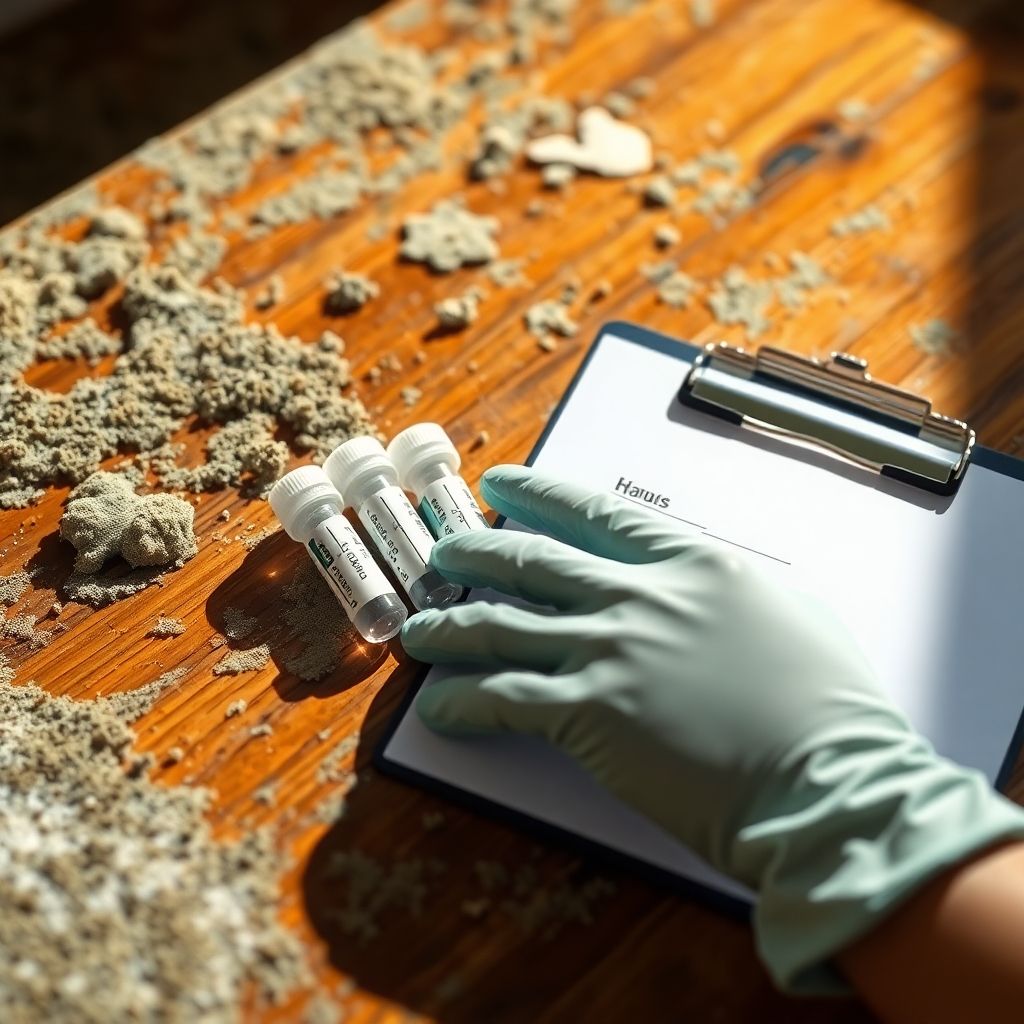
So, you’ve gotten your mold test results back. Now what? It’s time to tackle the remediation process. This isn’t just about wiping away what you see; it’s about making sure the mold doesn’t come back. Here’s the lowdown:
Steps for Effective Remediation
Remediation isn’t a one-size-fits-all deal. The approach depends on how much mold there is and where it’s located. But here’s a general idea of what to expect:
-
Assessment: A professional will assess the extent of the mold growth. This helps determine the best course of action.
-
Containment: The area with mold is sealed off to prevent spores from spreading to other parts of your home. Think plastic sheeting and negative air pressure.
-
Removal: Moldy materials are removed and disposed of properly. This might include drywall, carpet, or wood.
-
Cleaning: Surfaces are cleaned with antimicrobial solutions to kill any remaining mold spores.
-
Drying: The area is thoroughly dried to prevent future mold growth. Dehumidifiers and fans are often used.
Safety Precautions
Dealing with mold can be risky, so safety is key. Here’s what you need to keep in mind:
-
Personal Protective Equipment (PPE): Wear gloves, a mask (N-95 or better), and eye protection to avoid inhaling or touching mold spores.
-
Ventilation: Make sure the area is well-ventilated to reduce the concentration of airborne spores.
-
Avoid Spreading: Be careful not to spread mold spores to other areas of your home. Seal off the work area and clean up thoroughly.
It’s important to remember that mold remediation can be complex and potentially hazardous. If you’re dealing with a large area of mold growth, it’s best to hire a professional remediation company. They have the training, experience, and equipment to handle the job safely and effectively.
Post-Remediation Testing
Post-remediation testing is crucial to ensure the mold problem has been successfully resolved. It’s like a final exam for your remediation efforts. Air samples are taken and compared to baseline levels to confirm that mold spore counts are within acceptable limits. If the test comes back clear, you can breathe easy knowing your home is mold-free. If not, further remediation may be needed. It’s an extra step, but it provides peace of mind and protects your health.
Preventing Future Mold Growth
Okay, so you’ve dealt with the mold. Great! But the battle isn’t over. Keeping it from coming back is just as important, maybe even more so. It’s all about being proactive and understanding what makes mold thrive in the first place. Think of it like this: you’ve evicted some unwanted guests, now you need to make sure they don’t find a way back in.
Moisture Control Strategies
Moisture is mold’s best friend. Seriously, without it, mold can’t grow. So, your main goal is to keep things dry. Here’s how:
-
Fix leaks ASAP: A dripping faucet or a leaky roof is basically an open invitation for mold. Don’t put it off; get it fixed right away.
-
Ventilate: Bathrooms and kitchens are prime spots for moisture buildup. Use exhaust fans when showering or cooking to get rid of that humid air.
-
Dehumidifiers: If you live in a humid area, a dehumidifier can be a lifesaver. It pulls moisture out of the air, making it less hospitable for mold.
-
Proper Grading: Make sure the ground around your home slopes away from the foundation. This helps water drain away instead of seeping into your basement.
Regular Inspections and Maintenance
Think of your home like a car – it needs regular check-ups to stay in good shape.
-
Check for leaks: Regularly inspect pipes, roofs, and windows for any signs of leaks or water damage.
-
Clean gutters: Clogged gutters can cause water to back up and seep into your home. Clean them out at least twice a year.
-
Inspect HVAC systems: Make sure your air conditioner and furnace are working properly and that condensation is draining correctly.
-
Look for condensation: Keep an eye out for condensation on windows, walls, or pipes. This is a sign of high humidity and potential mold growth.
Educating Homeowners on Mold Risks
It’s not just about what you do; everyone in the house needs to be on board. Make sure everyone understands the risks of mold and how to prevent it.
-
Explain the dangers: Let everyone know that mold can cause health problems, especially for people with allergies or asthma.
-
Teach prevention: Show them how to properly ventilate bathrooms, clean up spills, and report any signs of leaks or water damage.
-
Set clear expectations: Make it clear that preventing mold is a team effort and that everyone needs to do their part.
By taking these steps, you can create a home environment that’s less inviting to mold and protect your family’s health. It’s all about staying vigilant and addressing potential problems before they turn into full-blown mold infestations. A little prevention goes a long way!
To stop mold from coming back, keep your home dry and well-ventilated. Fix any leaks and use a dehumidifier if needed. Regularly check areas like bathrooms and basements for moisture. If you want more tips on how to keep your home mold-free, visit our website for helpful resources!
Wrapping It Up
In conclusion, mold testing can be a bit tricky. While it might seem like a good idea to get those tests done, they often don’t give you the full picture. You might find some mold, but that doesn’t mean you know how to deal with it. The best first step is usually to check for moisture issues and visible mold. If you see mold or smell something musty, it’s time to take action. Remember, just because you test for mold doesn’t mean you’ll get clear answers. So, if you’re worried about mold, focus on fixing the moisture problem and cleaning up what you can see. That’s the best way to keep your space safe.
Frequently Asked Questions
What is mold testing?
Mold testing is a way to check for mold in your home or building. It helps find out if mold is present and if it could be a problem.
Why should I get my home tested for mold?
You might want to test for mold if you see mold growth, smell musty odors, or if someone in your home is feeling sick and you suspect mold could be the cause.
Can I test for mold myself?
Yes, there are DIY mold testing kits available. However, professional testing is often more accurate and can provide better results.
What are the common methods of mold testing?
Common methods include air sampling, surface sampling, and bulk sampling. Each method helps to identify different aspects of mold presence.
What can mold testing tell me?
Mold testing can tell you if there are elevated levels of mold spores in your home, what types of mold are present, and if there are any health risks.
Is mold testing always necessary?
Not always. If you can see mold or smell it, testing may not be needed. It’s often more important to address the moisture problem causing the mold.
How much does mold testing cost?
The cost of mold testing can vary widely based on the size of your home and the type of testing done, but it typically ranges from $200 to $500.
What should I do if my mold test comes back positive?
If your test shows mold, it’s important to clean it up and fix any moisture issues. You may need to hire a professional for proper remediation.

